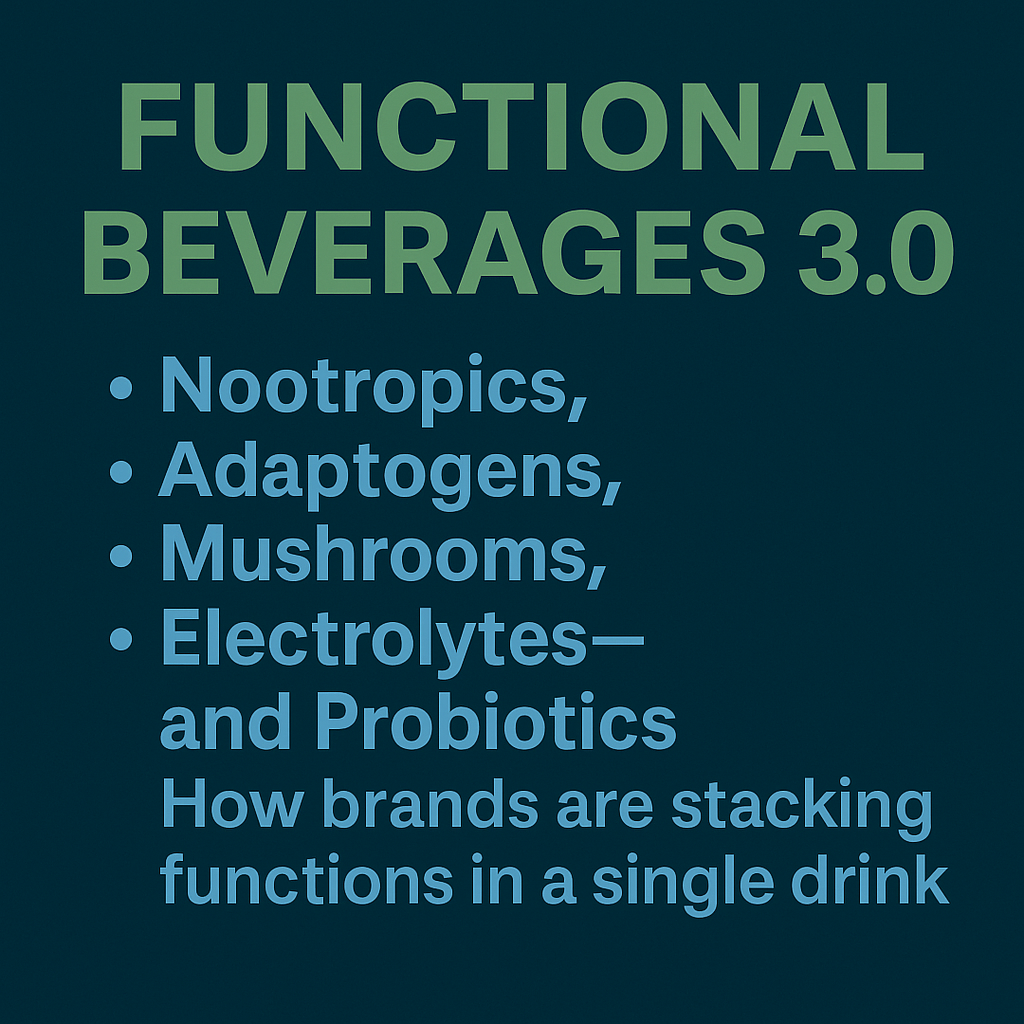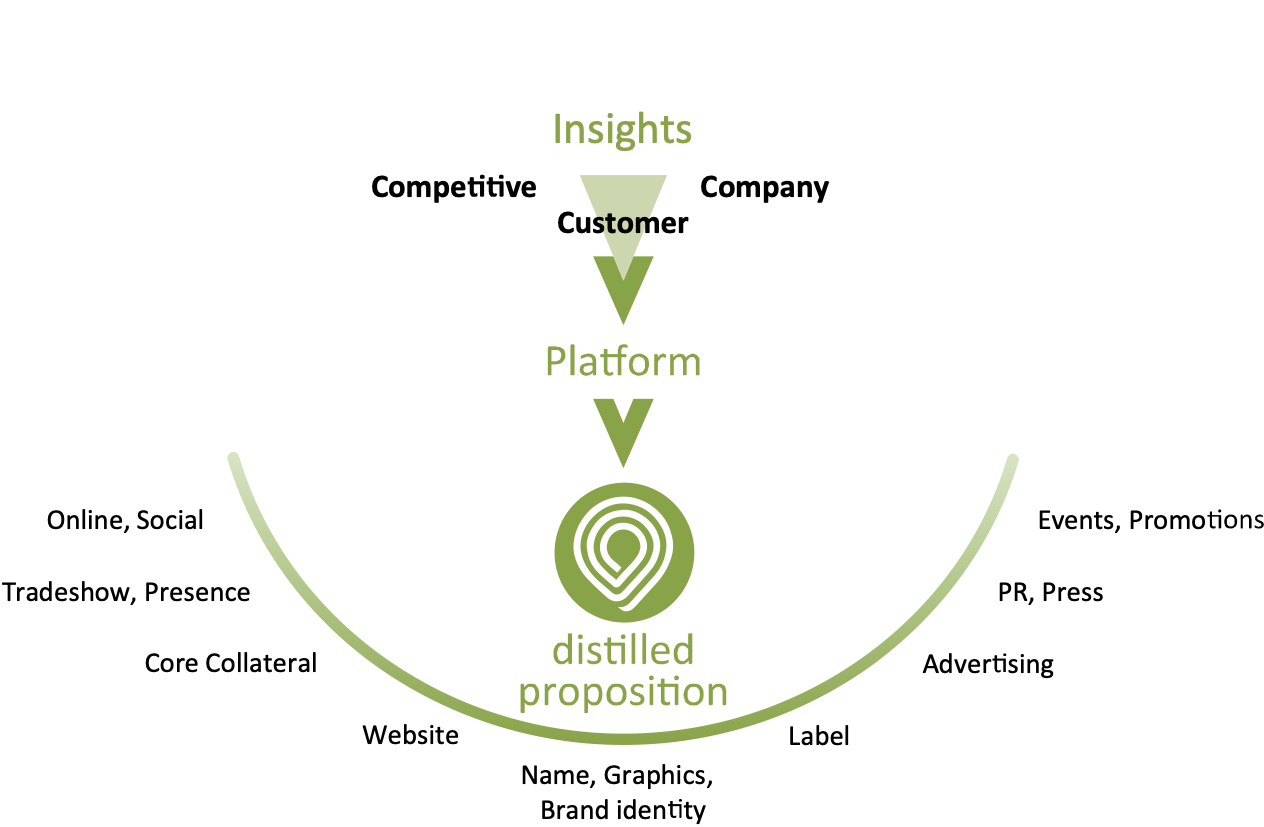The functional beverage space is evolving—fast. What started with protein shakes and vitamin waters has transformed into a sophisticated market…
The Burning Platform: How Crisis Becomes the Catalyst for Radical Business Change
Introduction: What Is a Burning Platform?
Most businesses don’t change because they want to. They change because they have to.
It’s human nature to resist risk. Leaders often cling to what’s worked in the past until the threat of destruction becomes too big to ignore. That’s when the burning platform comes into play — a moment when the cost of staying the same becomes greater than the cost of radical change.
The burning platform metaphor has driven some of the boldest — and riskiest — business decisions in history. The companies that recognized and acted on their burning platform often survived or thrived. Those that delayed or denied it often collapsed.
This article will show:
- The true origin of the burning platform concept.
- Why it resonates psychologically and strategically.
- Five detailed case studies (Netflix, Microsoft, Nokia, Coca-Cola, Ford).
- A real-world example from the Ultimate Juice Company, Naked Juice, Zeigler’s Apple Cider, and Natalie’s Juices.
- A step-by-step guide to recognizing and managing a burning platform.
- A compare-and-contrast analysis of what successful and failed companies did.
📖 The True Story Behind the Burning Platform
The term originated from a real, tragic event: the Piper Alpha oil rig disaster.
On July 6, 1988, explosions and fire engulfed the Piper Alpha platform in the North Sea. 167 workers died, making it the deadliest offshore oil rig accident in history.
One survivor described standing at the edge of the platform, facing an impossible decision:
- Stay and die in the flames.
- Jump 150 feet into the freezing, oil-covered ocean below — where survival seemed unlikely.
He jumped. And lived. His desperate decision became a metaphor for leaders facing existential threats.
By the early 1990s, Daryl Conner and John Kotter introduced the concept into business change management. It became globally known after Stephen Elop, Nokia’s CEO, issued his famous Burning Platform Memo in 2011.
🧠 Why the Burning Platform Works
People fear loss more than they seek gain. This is loss aversion, a principle from behavioral economics. It explains why companies avoid change — until the pain of staying the same becomes unbearable.
A burning platform flips the risk equation:
- Staying the same = guaranteed failure.
- Taking a risk = possibility of survival or success.
Psychologically and strategically, this creates:
- Clarity of purpose.
- Prioritization.
- Unified action.
- Willingness to accept risk.
Case Studies: Five Companies That Faced Their Burning Platforms
Netflix (2007–Present)
Crisis:
By the mid-2000s, DVD sales and rentals were declining. Broadband internet was improving, but still underpowered in most households.
Netflix’s DVD-by-mail model remained profitable — but doomed. Consumers wanted to watch videos when they wanted to watch videos, not when they might finally receive a DVD in the mail.
Burning Platform Moment:
In 2007, Netflix leapt rather than jumped.
They launched a streaming service before technology, licensing deals, or consumer behavior were ready:
- Less than 50% of U.S. households had adequate broadband.
- Studios resisted licensing content.
- Streaming libraries were tiny.
- Interfaces were clunky.
Most companies would have waited. Netflix burned its own platform.
Action Taken:
- Built advanced streaming technology.
- Negotiated aggressively for digital rights.
- Launched original content:
- 2012: Lilyhammer (first original series).
- 2013: House of Cards (first major U.S. original production).
- Expanded globally starting in 2010.
Results:
| Metric | 2007 | 2024 |
|---|---|---|
| Revenue | $1.2 billion | $37.5 billion |
| Net Income | $67 million | $5.4 billion |
| Subscribers | ~7 million | 260+ million |
| Markets | U.S. only | 190+ countries |
Strategic Impact:
Streaming eliminated physical distribution limits, allowing global scale impossible under DVD rentals.
Did leadership acknowledge the burning platform?
Reed Hastings didn’t use the term directly but stated:
“We had to take the short-term pain of streaming cannibalizing our DVD business. If we didn’t, somebody else would have.”
🔥 Microsoft (2014–Present)
Crisis:
By the early 2010s, Microsoft’s dominance in PC software meant little. Cloud computing and mobile were the future. Apple, Google, and Amazon were pulling ahead.
Burning Platform Moment:
When Satya Nadella became CEO in 2014, he declared a new strategy: “cloud-first, mobile-first.” The alternative was irrelevance.
Action Taken:
- Pivoted to cloud computing (Azure became the #2 global cloud platform).
- Shifted Microsoft Office and Windows to subscription-based cloud models.
- Exited unprofitable hardware ventures.
- Restructured internal teams.
Results:
| Metric | 2014 | 2024 |
|---|---|---|
| Revenue | $86 billion | $236 billion |
| Net Income | $22 billion | $86 billion |
| Cloud Revenue | ~$3 billion | $65 billion+ |
Microsoft’s market capitalization surpassed $3 trillion by 2024.
Compare to Ultimate Juice Company:
Like Ultimate Juice, Microsoft’s leadership created a clear, unified vision and communicated it across the organization. Cross-functional teams were empowered to act boldly.
📱 Nokia (2011–2014)
Crisis:
Nokia was losing market share to Apple and Android. Its Symbian OS couldn’t compete in the app-driven smartphone era.
Burning Platform Moment:
CEO Stephen Elop issued a 2011 memo:
“We are standing on a burning platform. We must decide how to change our behavior.”
Action Taken:
- Abandoned Symbian.
- Partnered with Microsoft to adopt Windows Phone.
Results:
- Windows Phone failed to gain traction.
- Nokia’s mobile division was sold to Microsoft in 2014.
Compare to Ultimate Juice Company:
Unlike Ultimate Juice’s approach, Nokia’s leadership engaged in top-down decision-making with little internal consensus-building. The lack of alignment contributed to failure.
🥤 Coca-Cola (1985)
Crisis:
In the early 1980s, Pepsi was gaining market share and winning taste tests.
Burning Platform Moment:
Coca-Cola executives believed the only solution was to change the formula.
Action Taken:
- Launched New Coke in April 1985.
Results:
- Consumer backlash was swift.
- Coca-Cola reinstated the original formula in July 1985.
Compare to Ultimate Juice Company:
Coca-Cola did not include broad stakeholder input before launching New Coke. At Ultimate Juice, multiple perspectives were synthesized into a unified strategy — avoiding single-solution bias.
🚗 Ford (2006–2009)
Crisis:
By 2006, Ford faced massive losses, an overextended product lineup, and the threat of bankruptcy.
Burning Platform Moment:
New CEO Alan Mulally declared:
“Change dramatically, or we won’t survive.”
Action Taken:
- Mortgaged all assets (including the iconic Blue Oval logo).
- Sold non-core brands.
- Streamlined operations and cut costs.
Results:
- Avoided bankruptcy during the 2008–2009 financial crisis.
- Returned to profitability by 2010.
Compare to Ultimate Juice Company:
Like Ultimate Juice, Ford combined honest internal acknowledgment of problems with empowering cross-functional action teams.
How the Ultimate Juice Company Created Its Burning Platform Narrative
At Ultimate Juice Company (Naked Juice, Zeigler’s Apple Cider, Natalie’s Juices, etc.) leaders sensed trouble. Everyone knew there were problems. But no one wanted to address what was privately called the “rhino in the room.”
The Process:
- Leadership Team Assembled
Executives gathered in a room with an external facilitator — an expert in corporate turnarounds nicknamed Yoda for his wisdom and calm. - Safe, Honest Environment
The facilitator set ground rules: radical honesty, no blame, psychological safety. - Individual Burning Platform Stories
Each leader wrote their own version of the burning platform. What they feared. What they saw. What was going unspoken. - Sharing and Synthesis
Stories were read aloud. Common themes emerged.
Yoda consolidated the best insights into a unified Burning Platform Statement. - Company-Wide Communication
The statement was shared first with middle management, then all employees. Transparency replaced rumor and fear. Employees, not matter what rank, were permitted to give input. - Action Teams Empowered
Cross-functional teams developed bold solutions. Leadership supported experimentation and risk-taking.
Results:
The brands avoided collapse. They stabilized, scaled, and prepared for successful acquisition.
Step-by-Step Guide: How to Identify and Act On a Burning Platform
Step 1: Look for Warning Signs
- Declining sales/margins.
- Rising customer attrition.
- Competitor innovation.
- Employee disengagement.
- Missed strategic goals.
Step 2: Assemble a Leadership Team and External Facilitator
Step 3: Create a Safe Space for Honesty
Step 4: Write Individual Burning Platform Narratives
Step 5: Share, Discuss, and Synthesize into a Unified Statement
Step 6: Communicate Transparently to the Entire Company and ask for additional input and buy in.
Step 7: Empower Cross-Functional Action Teams
Step 8: Monitor Progress and Adapt
Compare and Contrast: Ultimate Juice vs. Major Corporations
| Company | Recognized Crisis Early | Inclusive Stakeholder Input | Empowered Cross-Functional Action | Transparent Communication | Outcome |
|---|---|---|---|---|---|
| Ultimate Juice | ✔ | ✔ | ✔ | ✔ | Reverted to the original product |
| Netflix | ✔ | ✔ | ✔ | ✔ | Market dominance |
| Microsoft | ✔ | ✔ | ✔ | ✔ | Market dominance |
| Nokia | ✔ | ✘ | ✘ | Partial | Division failed |
| Coca-Cola | Partial | ✘ | ✘ | ✘ | Reverted to original product |
| Ford | ✔ | ✔ | ✔ | ✔ | Survival and growth |
⚠ Risks of Misusing the Burning Platform
False Crises
- Manufacturing urgency can erode trust.
Crisis Fatigue
- Constant “burning platform” messaging exhausts teams.
Fear-Based Cultures
- Overuse suppresses innovation.
Short-Term Thinking
- Desperation can lead to poor decision-making.
Final Thought: Burning Platforms Require Courage, Not Panic
The burning platform is not about fear. It’s about courage:
- Courage to face reality.
- Courage to act boldly.
- Courage to leap — before circumstances force you.
At Ultimate Juice and the other successful cases, leaders didn’t wait for collapse. They leapt.
So must you.







